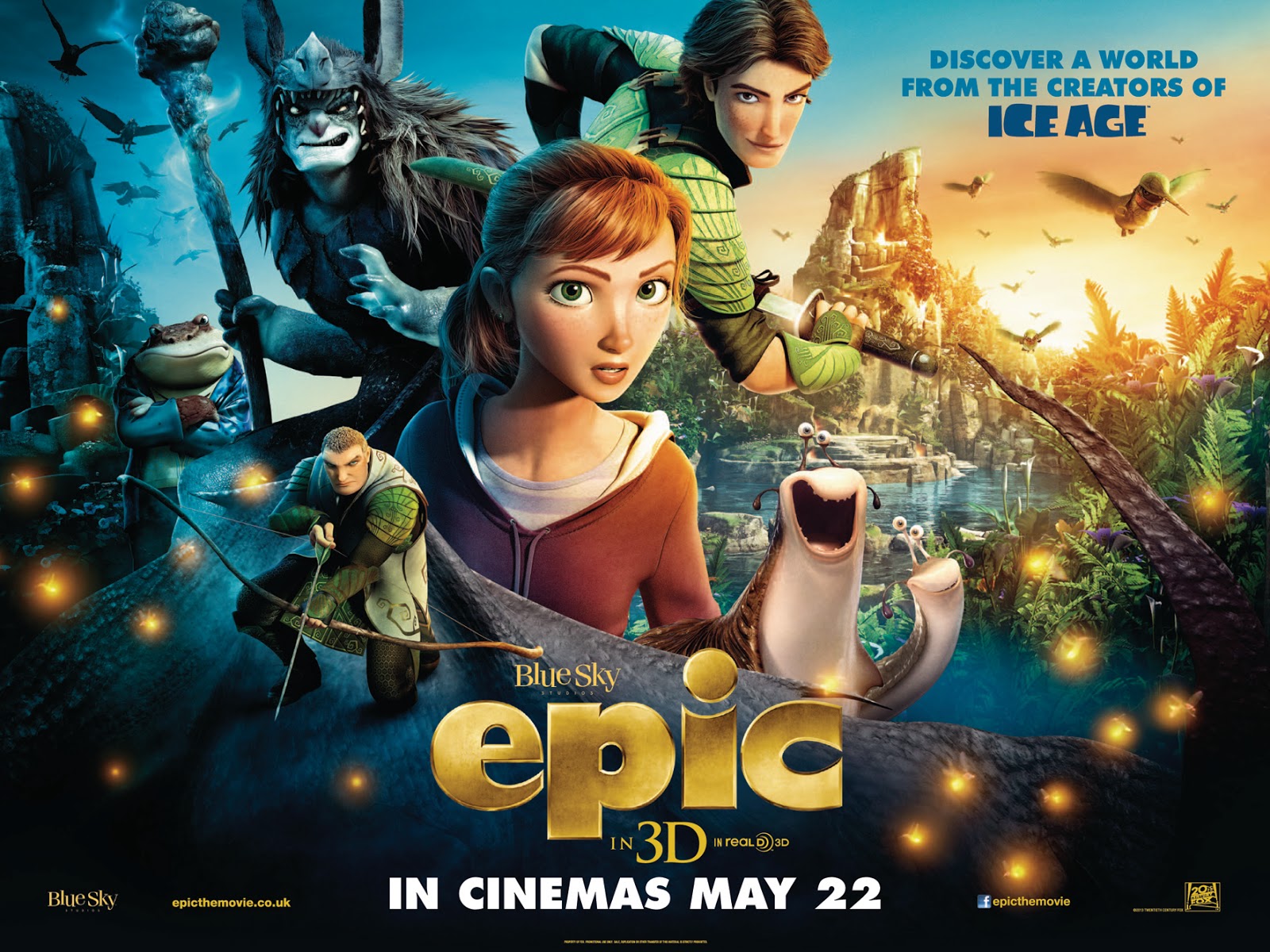Epic film posters have long been a vital part of cinematic culture, capturing the essence of the films they represent and enticing audiences worldwide. From the vibrant colors and intricate designs to the powerful imagery that evokes emotion and intrigue, these posters serve as a window into the film's narrative and artistic vision. They are not just marketing tools; they are masterpieces in their own right, often crafted by talented artists who pour their creativity into each design.
As we delve into the world of epic film posters, we uncover the rich history and evolution of this art form. From the classic hand-painted designs of the early 20th century to the modern digital creations that dominate today’s cinema, film posters have transformed alongside filmmaking techniques and audience preferences. Each poster tells a story, not only of the film but also of the cultural context in which it was created.
In this article, we will explore various aspects of epic film posters, including their artistic significance, the techniques used in their creation, and the impact they have on the film industry and audience perception. Whether you are a film enthusiast, an aspiring artist, or simply curious about the visual language of cinema, join us as we embark on an exploration of the captivating world of epic film posters.
What Makes a Film Poster Epic?
When we think of epic film posters, several elements come to mind that contribute to their effectiveness and allure:
- Visual Impact: The poster should grab attention immediately, often using bold colors and striking imagery.
- Iconic Imagery: Key symbols or characters from the film often feature prominently in the design, making them instantly recognizable.
- Emotionally Charged Design: The poster should convey the film’s tone and mood, whether it be thrilling, romantic, or dramatic.
- Artistic Style: The artistic approach—be it minimalist or elaborate—plays a crucial role in defining the poster’s appeal.
Who are the Artists Behind Epic Film Posters?
Many talented artists have left their mark on the world of epic film posters, each bringing their unique style and vision. Some notable names include:
- Saul Bass: Renowned for his minimalist designs and iconic typography.
- Olly Moss: Known for his clever and often humorous interpretations of classic films.
- Martin Ansin: Celebrated for his intricate and visually rich posters that often pay homage to classic cinema.
What is the Evolution of Film Posters?
The evolution of epic film posters is a fascinating journey through time. In the early days of cinema, posters were primarily hand-painted, showcasing dramatic scenes from films to attract audiences. As technology advanced, so did the techniques used in poster design, leading to:
- Photographic Posters: The introduction of photography allowed for more realistic representations of actors and scenes.
- Digital Art: Today, digital tools enable artists to create complex and visually stunning designs that were previously unimaginable.
- Print on Demand: The rise of online platforms has democratized poster creation, enabling independent artists to showcase their work.
Why are Epic Film Posters Important?
Epic film posters play a crucial role in the film industry for several reasons:
- Marketing: A compelling poster can make or break a film's box office success by attracting viewers.
- Cultural Significance: Posters often reflect societal trends and attitudes, becoming cultural artifacts in their own right.
- Collectibility: Many film posters become sought-after collectibles, with some fetching thousands at auctions.
How Do Epic Film Posters Influence Audience Perception?
The impact of a film poster on audience perception is profound. A well-designed poster can create anticipation and excitement, shaping how potential viewers perceive the film before they even see it. Factors that influence this perception include:
- Design Elements: Colors, typography, and imagery all contribute to the overall mood conveyed by the poster.
- Star Power: Featuring well-known actors can significantly boost a film's appeal.
- Genre Indicators: Certain design elements signal the genre of the film, helping audiences identify what to expect.
Can Epic Film Posters Become Works of Art?
Absolutely! Many film posters have transcended their original purpose and are now considered fine art. Collectors and art enthusiasts recognize the skill and creativity involved in crafting these designs, leading to:
- Gallery Exhibitions: Some artists showcase their work in galleries, celebrating the artistry of film poster design.
- Limited Edition Prints: Many artists release limited edition prints of their posters, making them accessible to collectors.
- Commercial Artwork: Film posters have become a popular choice for home decor, with many people proudly displaying them.
What are Some Iconic Epic Film Posters?
Several film posters have achieved iconic status over the years. Here are a few that stand out:
- Jaws (1975): The poster featuring the menacing great white shark is a hallmark of suspense.
- Star Wars (1977): The original poster showcases a captivating galaxy far, far away.
- Casablanca (1942): A classic design that evokes romance and intrigue.
- The Silence of the Lambs (1991): The chilling imagery of Hannibal Lecter has left a lasting impression on viewers.
Conclusion: The Lasting Legacy of Epic Film Posters
Epic film posters are more than just promotional materials; they are an essential part of the cinematic experience. They evoke emotions, capture the spirit of the films they represent, and connect with audiences on a deeper level. As we continue to appreciate the artistry behind these designs, we can witness the profound impact they have on the film industry and popular culture. The legacy of epic film posters will undoubtedly endure as a testament to the creativity and passion of the artists who craft them.



